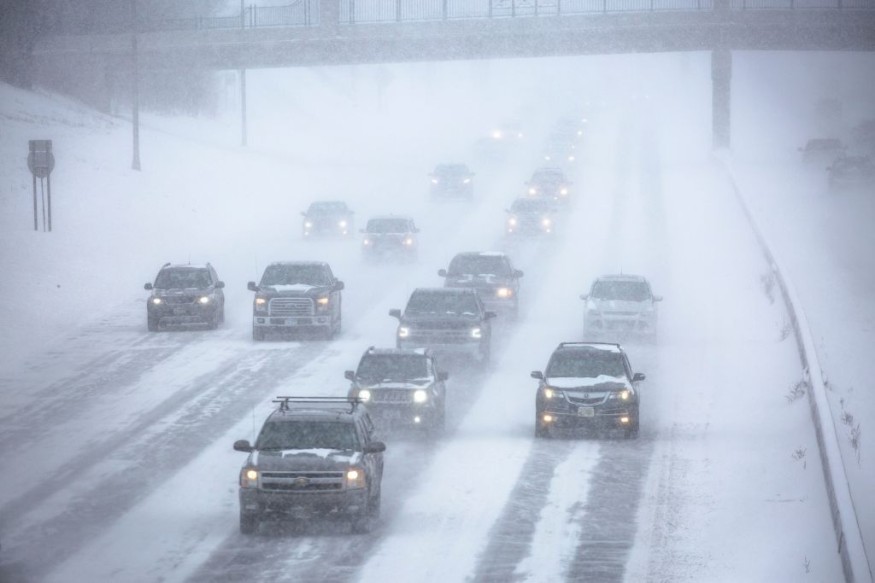An incoming storm with multi-faceted natural hazards may bring severe weather conditions, a blizzard, and a snowstorm, to the Northern US and Central US for five days next week, according to the weather forecast on Thursday, April 7.
Incoming Storm System

On Thursday, meteorologists from AccuWeather issued a weather forecast, indicating that the multi-hazard storm system will travel from the Rockies to the Great Plains next week.
This comes following the trail of destruction from a storm system that caused thunderstorms in the Central and Southern US.
The incoming storm system will transpire in relation to the collision of cold air in the Western US and humid air in the Eastern US, according to AccuWeather Meteorologist Brandon Buckingham, as cited by AccuWeather.
The latest storm forecast suggests the storm may result in a five-day stretch, resulting in severe weather conditions, including heavy rain, flooding, damaging winds, and thunderstorms.
The storm system may also bring a snowstorm that can result in blizzard conditions such as freezing temperatures.
Some areas in the Northern US and Central US may be buried under feet of snow.
Meanwhile, the severe weather outbreak will stretch from the Gulf Coast to the Great Lakes and its surrounding areas.
The snowstorm will likely intensify as the incoming storm develops and approaches in the coming days.
The powerful circulation of the will reportedly cause damaging winds which may affect the Great Lakes, Mississippi Valley, and Plains.
Other areas are also prone to gusty winds as the storm moves on an eastward pattern from the West Coast.
Severe Weather and Thunderstorms
Tornadoes are the greatest natural hazards from potential thunderstorms in the system's warmer side in the Southeast US next week.
The weather forecast emphasized could occur between Monday to Friday, April 11 to April 15.
The hotspots for twisters are possible in Florida and its surrounding areas. Moreover, severe thunderstorms are likely in the Great Lakes from Tuesday to Thursday, April 12 to April 14.
The potential severe weather and thunderstorms on the Gulf Coast caused widespread damage recently in Texas, Louisiana, and Missouri, killing a total of three people.
In March, at least 210 confirmed tornadoes occurred across the US, especially in the southern states, according to The Washington Post.
Travel and Infrastructural Disruption
Buckingham added that there will be several incidents of disruptions to travel and shipping operations due to power outages caused by torrential rain, as per AccuWeather.
Prior to and during the storm, both domestic and international flights across the US may be affected.
Disruption may include flight delays, diversions, or cancelations as a combination of the severe weather and snowstorm pose dangerous travel conditions.
The storm may also bring icy conditions along roads, disrupting vehicle traffic movement, railway services, and other public transport.
Since the 21st century, power outages in the US from severe weather have increased by 100%; involving an average of 50 annual outages nationwide from the early 2000s to more than 100 annual average in the last five years, according to an Associated Press analysis of government data, as cited by The Guardian.
© 2025 NatureWorldNews.com All rights reserved. Do not reproduce without permission.





